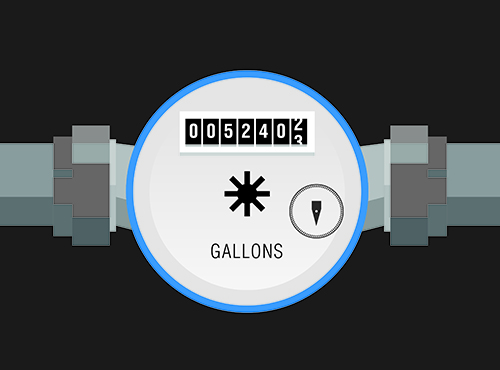A five-year study of flows in the regional wastewater collection system in Minneapolis is expected to provide valuable data for the effort to reduce excessive inflow and infiltration (I/I) of stormwater and groundwater into the system.
 The Met Council worked closely with city staff to identify key goals for the study:
The Met Council worked closely with city staff to identify key goals for the study:
-
Identify areas with high I/I and areas with limited sewer capacity
-
Develop strategies to lower risks of sewer overflow
-
Prioritize and inform decisions for future capital projects
Regional wastewater pipes (known as “interceptors”) in Minneapolis collect wastewater within the city and from over 20 upstream communities in Hennepin, Anoka, and Ramsey counties. As part of the study, which began last year, the Council installed an additional 41 wastewater flow meters in the system throughout the city, along with 13 rain gauges. This equipment supplements the regular permanent meters operated and monitored by the Council’s Environmental Services division.
Study is latest effort to reduce I/I in the wastewater system
Like most communities, Minneapolis has been working for decades to reduce I/I in its wastewater collection system. The city started a program in 2003 to disconnect what are called “rain leaders” from the system. These pipes directed stormwater from the tops of older buildings directly into wastewater pipes. The city has also repaired city sewer pipes and worked with property owners to repair service lines during other street repairs.
By 2013, the city had reduced its peak I/I flows by 75%. As the city’s population continues to grow, especially in the downtown area, additional reductions will be beneficial.
Part of the study is to develop a hydraulic flow model to predict future flows through the interceptor system.
“The model will help us to forecast flows based on population, weather, building construction, and other factors,” explain Marcus Bush, Environmental Services engineer. “It will be invaluable for supporting our long-range planning efforts.”
The Council is funding the study through its Environmental Services capital program. A final report is due in 2023.